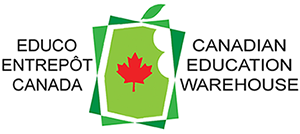Structured Literacy
Structured literacy is a powerful approach to early learning reading instruction that ensures young children develop essential literacy skills in a clear and effective manner. This method focuses on explicit, systematic, and sequential teaching, making it particularly effective for all young learners, including those who may face challenges such as dyslexia. Here are the key components and benefits of structured literacy for early learners:
-
Phonological Awareness
-
Sound-Symbol Association
-
Syllable Instruction
-
Morphology
-
Syntax
-
Semantics
The principles of structured literacy for early learners include:
- Explicit Instruction
- Systematic and Cumulative Approach
- Diagnostic Teaching
- Multisensory Techniques
Structured literacy in early education provides a strong foundation for reading and writing, ensuring that every child has the opportunity to become a confident and skilled reader. This approach is particularly beneficial in the early years when children are developing the critical skills needed for lifelong learning.












